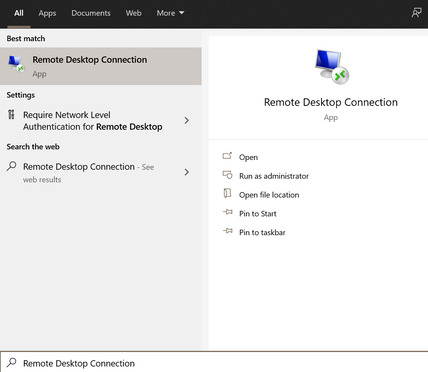How USB redirection works
For USB redirection to work, the USB device’s full-functionality is transmitted (via a network connection) from a local (server) computer to a virtual (client) desktop.
USB redirection can work on “Wide Area Networks” (WANs) and “Local Area Networks” (LANs). However, most prefer using LANs because they usually have a better network connection than WANs and stronger security.
Companies and organizations using USB redirection to virtual desktops require servers to utilize VDI software that is compatible with remote display protocol.
The version of VDI software that a company uses can also impact USB redirection access, as well.
Additionally, administrators can select which USB devices can and cannot be redirected by other users. Some of the most frequently redirected devices are storage drives (like a flash drive), smart cards devices, audio/video/image devices, and printers.
It should be noted that certain devices (like scanners and even some audio and video devices) need a great deal of bandwidth to reduce latency.
There are even some USB redirection tools that will block particular types of USB devices altogether. Conveniently, USB devices like mice and keyboards are integrated with VDI software by default.









